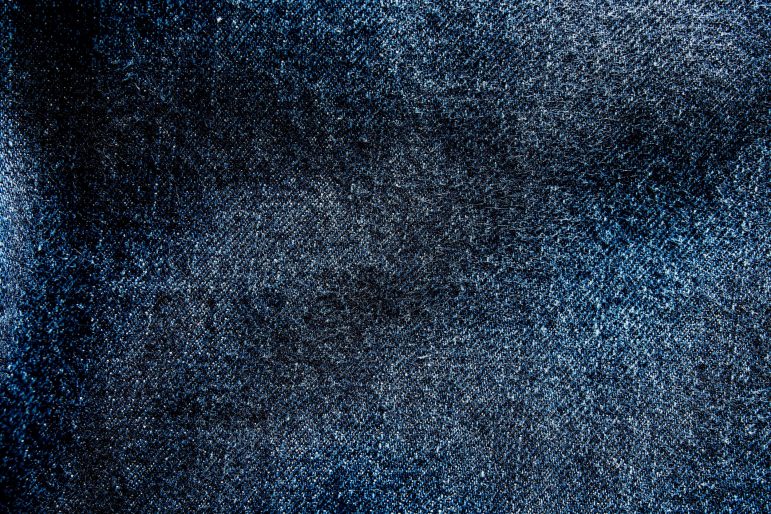Absorbent compound cleaning can be a highly useful tool in cleaning, maintenance, and restoration — as long as you know how best to use it.
Absorption means, in essence, infusing substances into a solid, and the absorbent compound cleaning method uses only absorption and adsorption.
Jim B. Smith, an IICRC-approved instructor and a senior practicing inspector and part of the voting consensus of the IICRC S1OO cleaning standard for textile floor coverings, writes for Cleanfax that dry compound extraction is an under-utilized method because it is not actively being taught properly.
Put simply, the method should include vacuuming soil removal, lightly applying a liquid pre-conditioner as needed, applying the dry compound according to manufacturer recommendations, performing manual or mechanical agitation, and then post-vacuuming either immediately or after an appropriate dry time.
Absorbent compound cleaning includes no soil suspension but a unique requirement of pre-vacuuming. It is common for some systems to use brushes without suction due to hydrogen bonding, which is the attraction created by water to physically bond particulates to its surface. Brush action alone will not adequately break this bond.
What are the benefits?
Smith writes that absorbent compound cleaning has the strong benefit of removing absorbed soils and is a preferred choice when cleaning flat-weave cellulosics. The absorbent compound method also can add many points to LEED certification in areas such as waste deposal, water usage, and energy consumption.
Plus, after using the method, the carpet is ready to go back in service immediately after cleaning, and it is also suitable for cleaning hard surfaces using alternate brushes.
Perhaps most importantly, the absorbent compound cleaning method can perform deep restorative cleaning as well as, if not better than, other methods. It also rarely runs the risk of overwetting, shrinkage, bleeding, crocking, wicking, slip-and-fall accidents, or villainous residues.








